Michigan vegetable crop report – June 21, 2023
Harvests are beginning for some crops, while planting continues. Hot weather brings challenges.
Weather
Watch Jeff Andresen’s weather update.
The last week saw mean temperatures 3-6 degrees Fahrenheit below normal, providing temporary relief from moisture stress. Parts of the Upper Peninsula and eastern Lower Peninsula did see rain, but most of the state was dry.
The forecast calls for:
- Precipitation is expected to total 0.25-0.5 inches through June 28.
- Mostly fair, warm and dry Wednesday, June 21, and Thursday. An isolated shower possible south Wednesday afternoon.
- Scattered showers possible south Friday and early Saturday. Fair and dry elsewhere.
- Showers and thunderstorms possible statewide Sunday and Monday.
- High temperatures generally in the mid- and upper 80s to low 90s through Saturday, then falling back the upper 70s to low 80s by early next week. Low temperatures in the 50s to low 60s.
- Daily PET expected to continue at above normal rates through next week.
- Latest medium range guidance suggests cooler and wetter weather late next week into early July.
- New long lead outlooks generally call for above normal mean temperatures and normal to below normal precipitation totals.
Hail damage
Hailstorms late last week caused severe damage to vegetable crops in southern Livingston County. Hailstones of 1 inch diameter or larger battered plants causing broken stems, defoliation and other forms of crop injury. Incidence of severe hail was sporadic across Michigan, but the crop damage was serious for growers whose fields were affected.
In the days following a hail event, assess the extent of crop damage to determine what crops will need to be replanted and which will pull through. Crops still in vegetative growth will rebound quicker than crops setting fruit, which have slowed down in growth and have begun sinking energy into fruit production. Secondary infections can be a concern for plants damaged by hail, but given the hot, dry weather conditions, applying broad-spectrum protectant fungicides is likely not warranted.
One question that is out there: Should I bump up fertilizer to help damaged plants recover quicker? If you were already meeting the plant’s nutrient requirements before the hailstorm, then applying additional fertilizer now will likely not lead to plants recovering any faster.
Below are further Extension resources addressing hail damage in crops:
- Evaluating hail-damaged crops - Michigan State University
- Hail Damage - Purdue University
- Storm Damage to Vegetable Crops: Now What? - Iowa State University
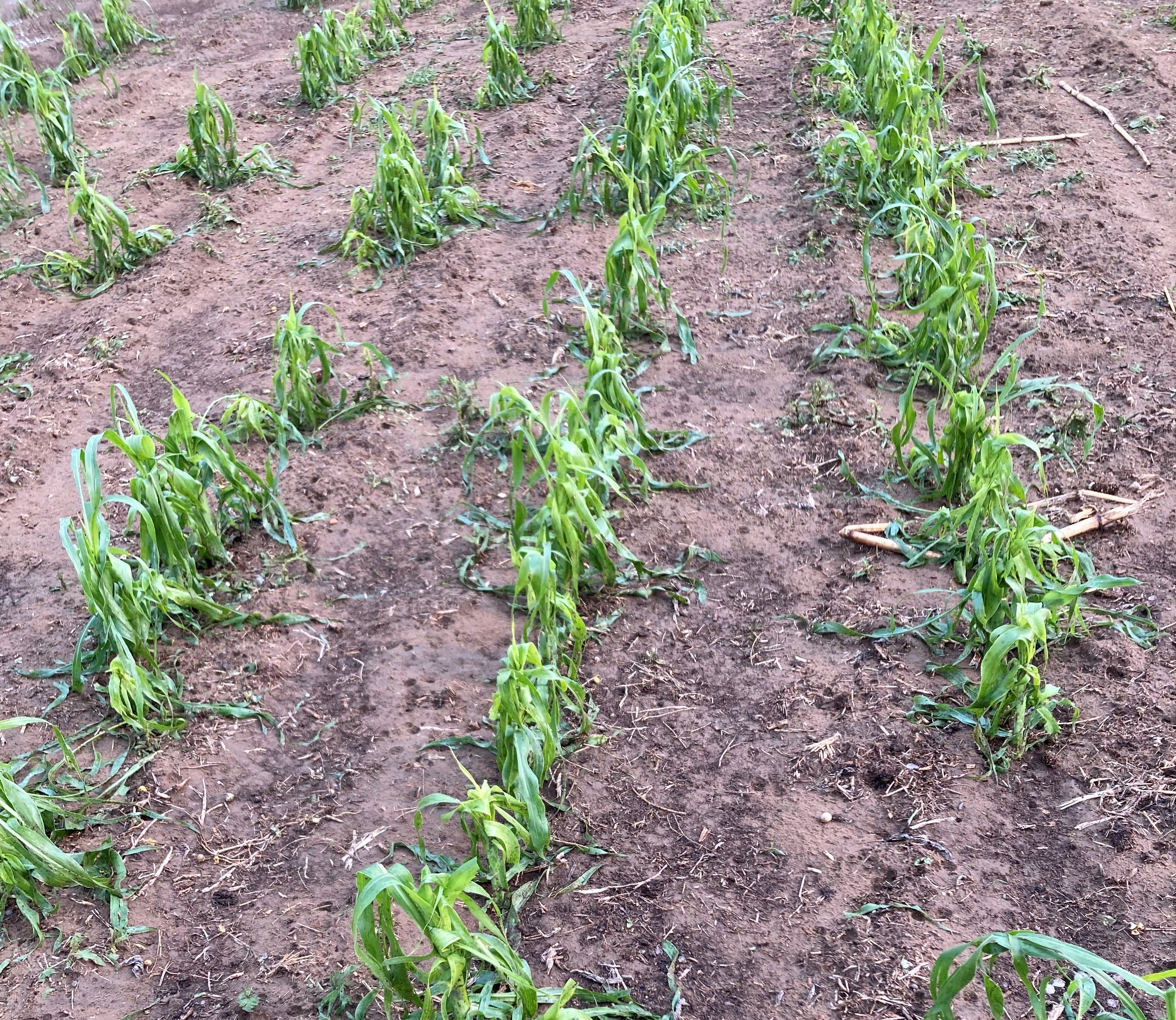
Weed of the week
Yellow nutsedge (Cyperus esculentus) is a perennial weed found across lower Michigan. The weed is identified by its thin yellow leaves, flower clusters arranged in spikelets, and triangular stem (characteristic of sedges). Its main mode of reproduction is underground spread of rhizomes and production of tubers referred to as nutlets. This weed prefers wet soil but is adapted to different moisture conditions, making it a pernicious weed in muck fields and sandy soils alike.
Options for nutsedge control are notoriously limited. Dual Magnum (s-metolachlor), Outlook (dimethenamid-p) and Sandea (halosulfuron) are effective preemergent products. Basagran (bentazon), Gramoxone (paraquat) and Sandea are effective for postemergence. Rotating to field crops where more herbicide options exist can help expand your options for particularly bad infestations. Apart from chemical control, tillage or cultivation at moderate depths (6 inches or deeper) can be an effective solution by unearthing nutlets and bringing them to the surface to dry out.
For more information on yellow nutsedge control, check out this recent article in Growing Produce or this Cornell article on nutsedge biology and management.
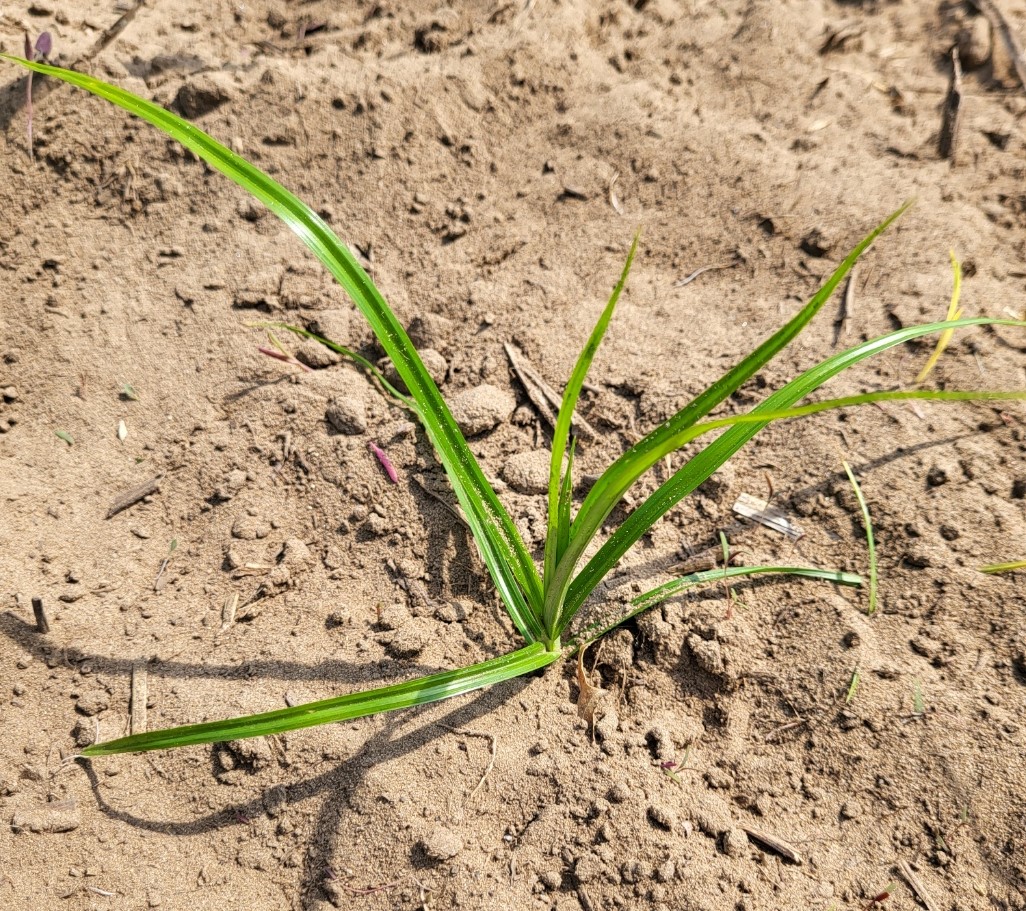
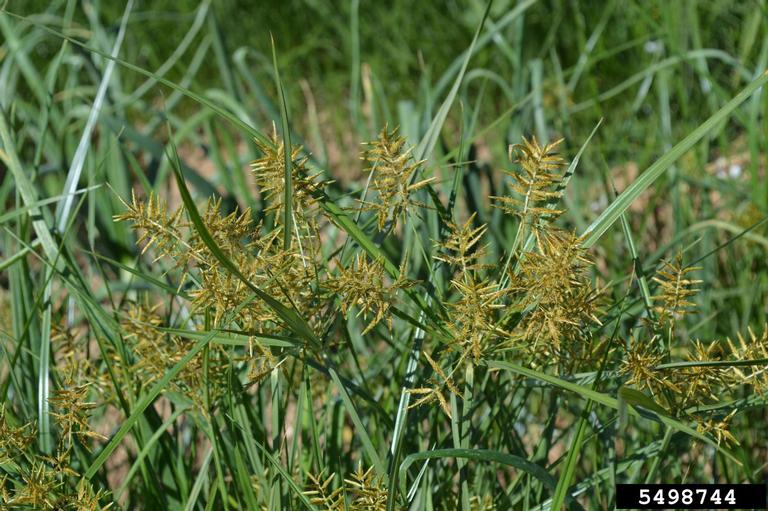
2023 MSU Extension Southeast Michigan Farmer Survey
MSU Extension is pleased to announce our 2023 Southeast Michigan Farmer Needs Assessment Survey. This survey will gather information about your farm and your potential interest in learning more about various farm-related topics. The information gathered will inform future programs and educational opportunities offered by MSU Extension educators for agricultural producers in southeast Michigan. This survey will take approximately 10 minutes to complete and is accessible at the link below:
Take the 2023 MSU Extension Southeast Michigan Farmer Needs Assessment Survey!
Feel free to share the survey link with other growers. We welcome any participation in the survey in order to help Michigan State University Extension better serve its communities.
Crop updates
Asparagus
For purple spot, a first cover of chlorothalonil, azoxystrobin or mancozeb can be applied once cladophylls expand in shut down fields (read the June 14 report for fungicide information). Then, keep an eye on TomCast once sensors are out and we shift towards fern management. Keep in mind that disease can develop in dry conditions when dewpoints are high and temps are warm.
Scouting can help detect initial rust infections. Fields are most at risk if they are young and/or are next to lightly managed fields, which provide a source of inoculum. Tebuconazole is the most effective rust material, but protectants have some activity.
Irrigation may be important this year where accessible. Asparagus does not use much water during harvest, but water demand increases as fern develops and expands. Past work by the Brainard lab suggested Millenium primarily taps into water available in the top 24 inches of soil.
Cole crops and leafy greens
Bok choy, head lettuce and cut-leaf greens are going to market on some farms. Diamondback moth populations jumped up this week in southwest Michigan, according to trap data from commercial scouts.
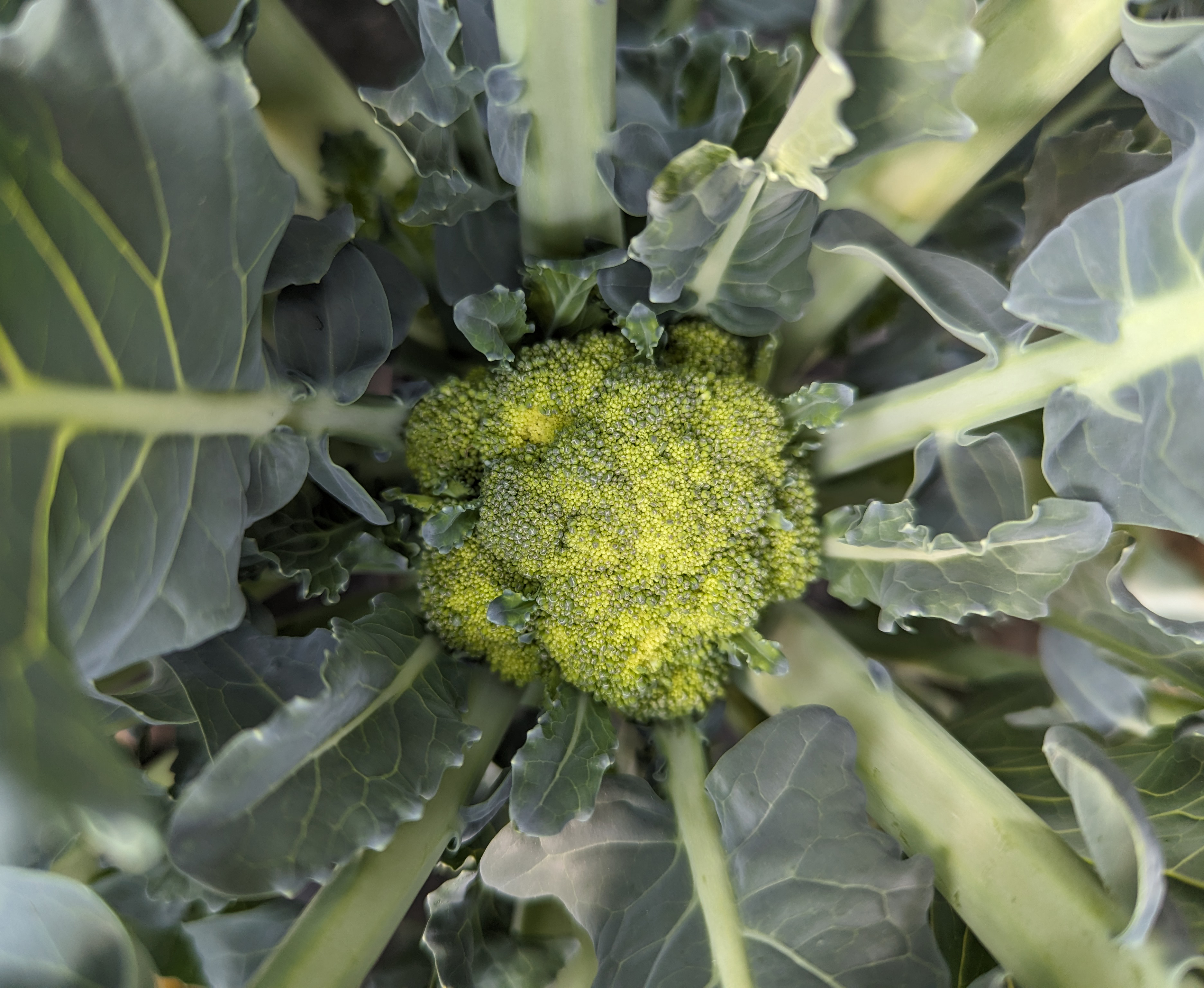
More heat stress symptoms in broccoli can be seen at this Cornell Pathology website, and heat stress symptoms in cauliflower can be seen in this University of Delaware crop update.
Cornell researcher, Thomas Bjorkman, had some advice for growers harvesting in the heat. He shared this bulletin, “Cooling Methods for Broccoli: A Guide for Eastern Growers”, jointly published by several universities on the eastern seaboard. Broccoli is a bunch of fast-growing flower buds. Similar to asparagus, these tissues respire a lot, which actually increases heat. Sort of like a runaway diesel engine.
According to the Cooling Methods for Broccoli bulletin, “Harvesting broccoli when it is cool, and keeping it cool, avoids the need for a lot of additional cooling. The first step is to harvest broccoli in the early morning after lower night temperatures have cooled it and removed much of the field heat and before sunrise results in field heat accumulation in the crowns. Second, it is helpful to make frequent trips from the field to the cooler to minimize produce warming. Third, using shaded areas for temporary field storage will reduce the accumulation of field heat by minimizing storage time in the open field, where temperatures are higher. Cooling should begin as soon as possible after the crowns arrive at the cooling facility. The higher the initial core temperature is at harvest, the greater the energy demand is for cooling the product to slow down respiration and prevent loss of quality.”
It may be tempting to overhead water the plants during stretches of stressful temperatures, but this may actually cause an increase in Alternaria head rot issues. Other symptoms of heat stress in broccoli and cauliflower are a looser head formation, uneven beads and leaves growing up through the curd.
Cucurbits/pickles
Cucurbit planting continues across lower Michigan. Pumpkins and hard squash plantings are starting up this week for fall markets. Summer squash were harvested this week and cucumbers are close behind.
Emergence of squash vine borer is predicted for this week according to the Enviroweather model. Refresh your knowledge of this insect’s biology and control with this MSU Extension article on squash vine borer.
Clade 2 downy mildew infects cucumbers and melons and spores from this subtype were trapped in Bay, Allegan and Saginaw counties last week. See the spore crops at the Downy Mildew News site. Stay on the lookout for this pathogen in pivot irrigated fields.
Growers in a Phytophthora infested region may be in a tough place now, as for some fields surface waters may be the only source for irrigation. Read this article if you’d like to better understand the risks, and reference the Hausbeck lab’s plethora of factsheets for control measures.
MSU is looking for anthracnose fruit rot and phytophthora samples for research. Please reach out to us if you’ve got any potential infestations.
Fruiting vegetables
Between-plastic cultivation and trellis building are happening this week. Field tomatoes and peppers are flowering. Colorado potato beetle can be found on eggplants and potatoes.
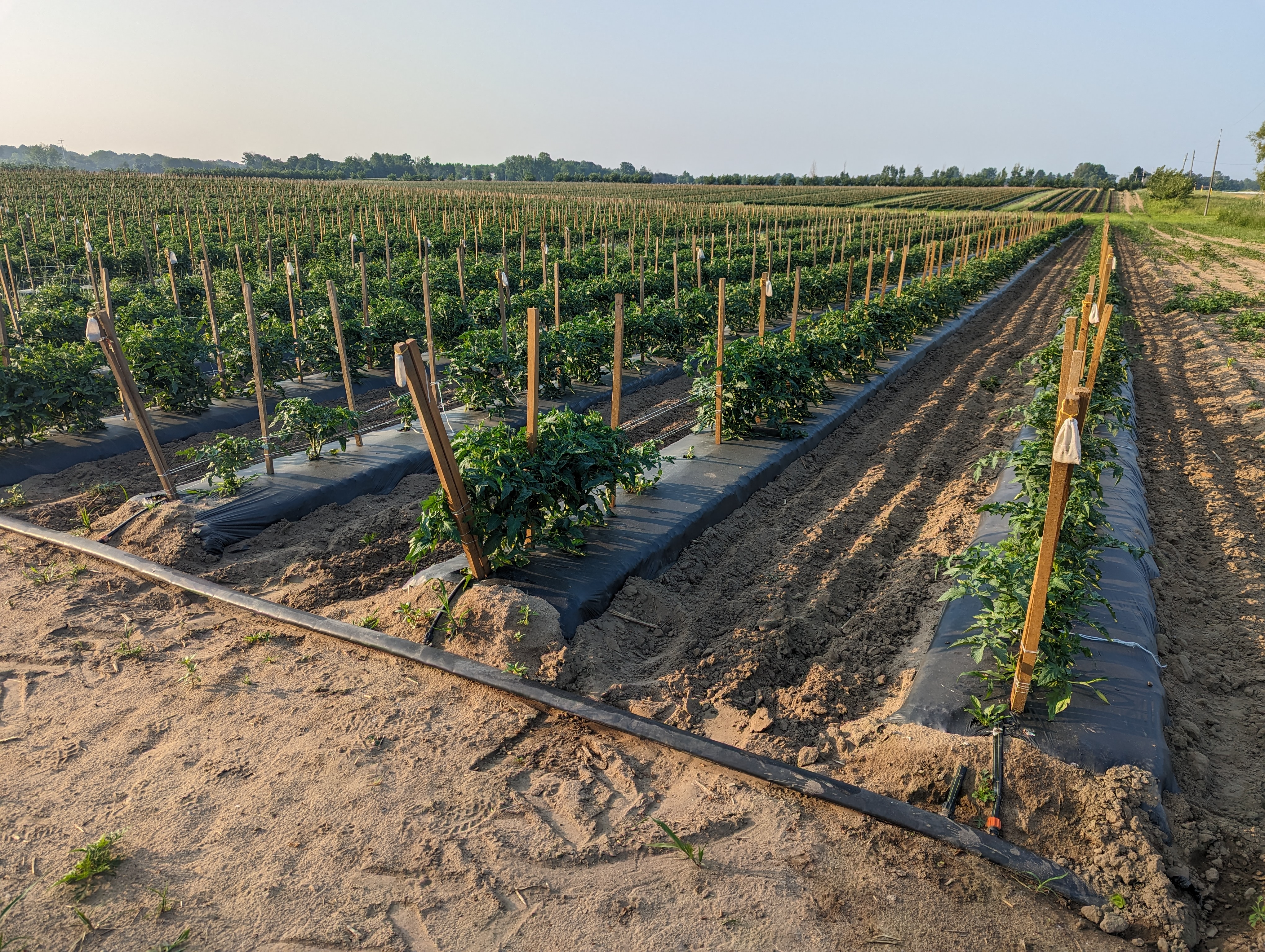
MSU is looking for anthracnose fruit rot and phytophthora samples for research. Please reach out to us if you’ve got any potential infestations.
The dry growing conditions throughout the state have been less favorable for foliar diseases, but have less impact on viral diseases. The MSU Plant & Pest Diagnostics lab is seeing a higher incidence of viral disease issues in various crops. Viruses that are transmitted by aphids and other insect pests can be problematic even in dry growing conditions. Viruses tend to cause mosaic, mottling and general distortion of both foliage and fruit, additionally they will cause yellowing and stunting.
Onions
Site specific fungicides such as Luna Tranquility and Miravis Prime should be considered as onions approach the five- to seven-leaf stage, even with dry conditions. Remember that mancozeb and strobilurins such as azoxystrobin are not effective at preventing Stemphylium. Consider bookmarking this update, which contains Hausbeck’s trial-based information on Stemphylium spray programs.
Some growers made their first Movento application over the past week for onion thrips. It is important to follow this initial one with a second application the week after. See the latest onion thrips recommendations from Cornell University in article format. A graphical “choose your own adventure” spray format is also available.
Root crops
For brassica root crops, cabbage maggot egglaying was happening at four of five sites MSU Extension was monitoring, but there were no maggots this week. Based on degree days, the first summer peak has yet to come in west central Michigan. All this suggests that the spring generation of maggots is ending and developing into flies (this is why there are fewer maggots, they are pupating into flies or already are buzzing around). Flies are emerging and beginning to lay eggs. Read more about control.
Sweet corn
Succession plantings continue. Sweet corn is progressing well through the vegetative stages where there is adequate moisture.
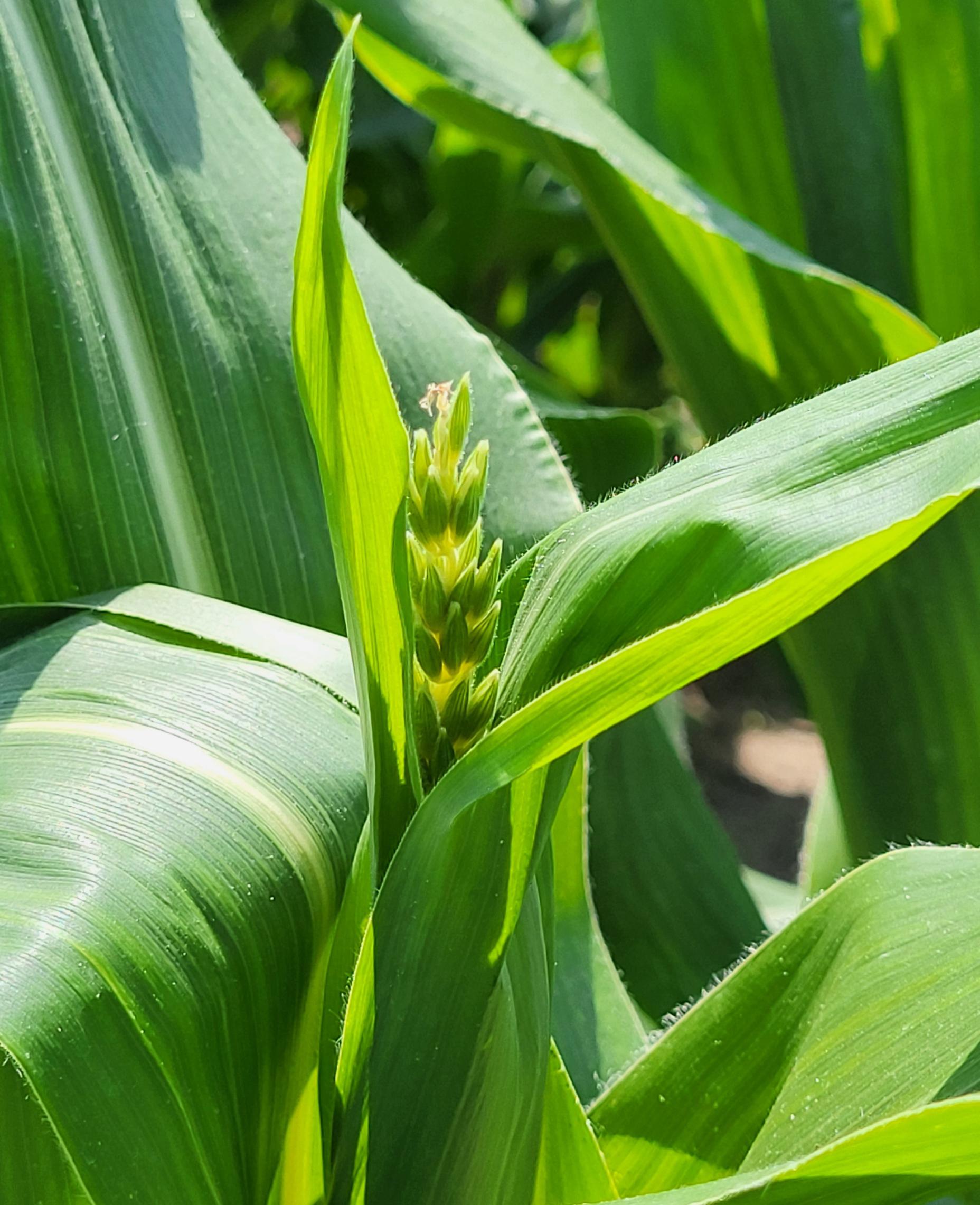
Strawberries
Matted row berries are being harvested now. Plasticulture berries are done in southwest Michigan but still active farther north. Customers are eager to buy, and some growers are having trouble keeping up or buying in.
Now is the time to consider whether to destroy plasticulture plants and treat them as annuals, or to overwinter them for another year. There is a summer’s worth of controlling runners ahead of those who choose to overwinter them again, and smaller berries next year. For those opting to destroy them, some folks like to pull plants, plastic and drip and reset the field entirely for a summer-to-fall crop while others will pull plants but conserve the plastic to seed or transplant into. Good crops to follow strawberries within the same season are broccoli, cauliflower, cabbage, peppers, squash, cucumbers or pumpkins.
As for planting more strawberries on plastic, the best time for Michigan would be late July and early August when days are getting shorter and plants are not as keen on runnering. At that time of year, the plants focus more on branching their crowns, which equals more flower trusses and berries next spring. It can be difficult to get plug plants in that window, as the plug-plant industry is largely focused on more southern latitudes where they can plant later into September, and the more accessible dormant roots lose quality by July. However, if one has access to dormant roots now, researchers from Cornell and scrappy growers alike have found that the roots can be trimmed down to fit in 50 cell trays and grown as plugs in time for a late July/early August planting window.
Stunting observed in your strawberry rows may be the result of the disease complex known as black root rot, which can consist of a number of fungal pathogens such as Rhizoctonia, Pythium, Fusarium and more. Root lesion nematodes may also play a role in this complex, creating pathogen entry points through their feeding. Black root rot is also exacerbated by plant stressors like drought, flooding and compaction. Roots of diseased plants are black, stunted and sparse as opposed to the lighter colored, fibrous roots of a non-infected plant. Note that plants with black root rot do not have discolored crown tissue, this symptom is indicative of several other diseases.
Due to the manifold causes, management can be tricky. Pre-plant fumigation has been used to reduce black root rot pathogens. Planting disease-free crowns in fields on three- to five-year rotations is a crucial preventative measure. Reducing contributing stressors by improving soil drainage and aeration can also help support more resilient plants. Cultivars vary somewhat in their disease tolerance, but few are resistant. For more information on this disease complex, check out this MSU Extension article, the 2023 Michigan Fruit Management Guide and this article from West Virginia University Extension.
Events
- June 23, 12–1 p.m. CT: Farm Bill Friday focused on Regional Food Systems
- June 26, 5:30-7 p.m., Monday Night Southwest Michigan Fruit IPM Meeting
- June 28, 9:30 a.m.-3 p.m., MSU Weed Tour 2023
- June 29, 7–8 a.m., Field Crops Virtual Breakfast: Cercospora Leaf Spot Management In Sugar Beets
- July 5, 8:30 a.m. - 3 p.m., Ontario AgRobotics Field Tour, Part 1
- July 6, 7–8 a.m., Field Crops Virtual Breakfast: Strategies For Efficient Irrigation Water Use
- July 12, 10:00 am - 2 pm, Ontario AgRobotics Field Tour, Part 2
- July 13, 7–8 a.m., Field Crops Virtual Breakfast: Cover Crops After Wheat
- July 14, 12–1 p.m. CT: Farm Bill Friday Focused on Climate & Conservation
- July 17, 8:30 a.m. - 12 p.m., Biochar in Michigan Agriculture
- July 20, 7–8 a.m., Field Crops Virtual Breakfast: Tar Spot
- July 20, 9 a.m. - 1:30 p.m., In-Field and Edge-of-Field Conservation Practice Field Day
- July 27, 7–8 a.m., Field Crops Virtual Breakfast: Bugs And More Bugs!
- August 3, 7–8 a.m., Field Crops Virtual Breakfast: Farm & Truck Vehicle Regulations And Safety
- August 3, 8 a.m. - 4 p.m., 2023 Montcalm County Field Day
- August 10, 7–8 a.m., Field Crops Virtual Breakfast: How To Get The Best Out Of Your Drainage System
- August 17, 7–8 a.m., Field Crops Virtual Breakfast: "Hot Topic" Q & A Session
- August 24, 7–8 a.m., Field Crops Virtual Breakfast: Timing The Last Irrigation Application
- August 30, Monroe County Community College Farm Field Day (more information to come)
- August 31, 7–8 a.m., Field Crops Virtual Breakfast: Setting The Stage For Record Breaking Wheat Yields
- September 7, 7–8 a.m., Field Crops Virtual Breakfast: Marketing Your Grain Crops
- September 14, 7–8 a.m., Field Crops Virtual Breakfast: Monitoring Nematode Resistance In Soybeans
- September 21, 7–8 a.m., Field Crops Virtual Breakfast: Fall Weed Control
- September 27, Wooster, OH, Midwest Mechanical Weed Control Field Day
This work is supported by the Crop Protection and Pest Management Program [grant no 2021-70006-35450] from the USDA National Institute of Food and Agriculture. Any opinions, findings, conclusions, or recommendations expressed in this publication are those of the author(s) and do not necessarily reflect the view of the U.S. Department of Agriculture.



 Print
Print Email
Email